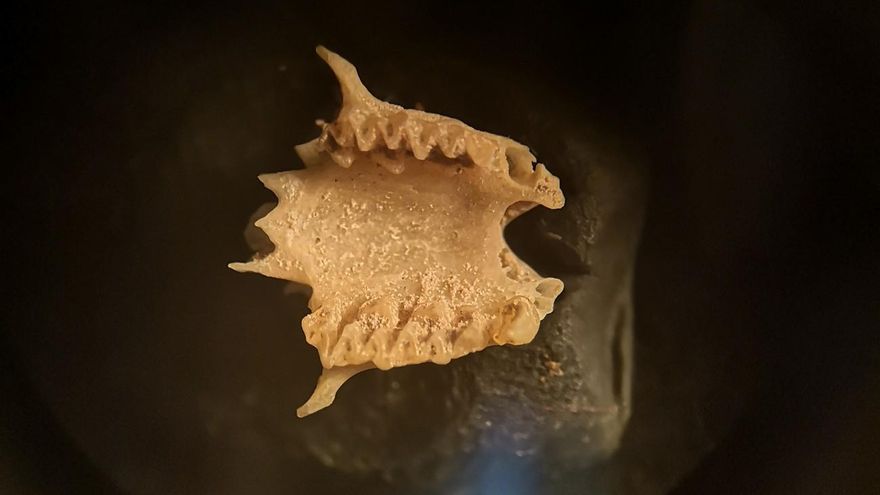
In the Cave of the Greens of Lanzarote Fossil remains of the bat have been found clear edge (Pipistrellus kuhlii) who, however, no longer lives on this island and does live on other Canary Islands. Paleontologists wonder what happened in the ecosystem to cause their demise.
The enigma arises as a result of the first study carried out on the record of bat fossils in the Canary Islands, which has been led by Javier Gonzalez-Dionisfrom the Paleontology area of the University of La Laguna (ULL) and doctoral fellow at the Research Institute in Paleobiology and Geology (Conicet) of the National University of Río Negro in Argentina.
Researchers Carolina Castillo, from the ULL; Penélope Cruzado and Elena Cadavid, from the National Scientific and Technical Research Council of Argentina, and Vicente Crespo, from the Paleontological Museum of Valencia.
Javier González-Dionis explains in an interview with EFE that the study was carried out using the fossil remains of bats found in volcanic tubes from the Quaternary, specifically in the aforementioned Cave of the Greens and in the Red Cave of El Hierro.
The fossil record of these mammals is usually scarce and is mainly made up of isolated teeth and some articulated skeletons, the researcher points out, pointing out that in the case of the Canary Islands, the volcanic character favors the formation of lava tubes in which the fragile bat bones.
Thus, remains have been found in paleontological and archaeological sites in Lanzarote, La Palma, Tenerife and El Hierro.
The sites in which the oldest remains are found date back 700,000 years in La Palma (Cueva Honda del Bejenado) and the most recent, with 800 years, in Tenerife (Cueva de la Enladrillada). In Lanzarote and El Hierro they date back to 20,000 and 4,000 years, respectively.
The unusual thing has been to verify that there is fossils of Pipistrellus kuhlii or light edged bat in Lanzarotewhere this species no longer lives, while it has continued to inhabit Fuerteventura, Gran Canaria and Tenerife.
Regarding the current absence of the clear-edge bat in Lanzarote, it indicates a loss of diversity in the fauna of mammals in general and of bats in particular, and leads the researchers to wonder if what happened on that island affected only this group. of animals or could also affect others.
Paleontologists also believe it is necessary to compare the dentition of these specimens found in the Cueva de los Verdes with those from North Africa to help determine whether the animals found in the Canary Islands are of African or Iberian origin, explains Javier González-Dionis.
















